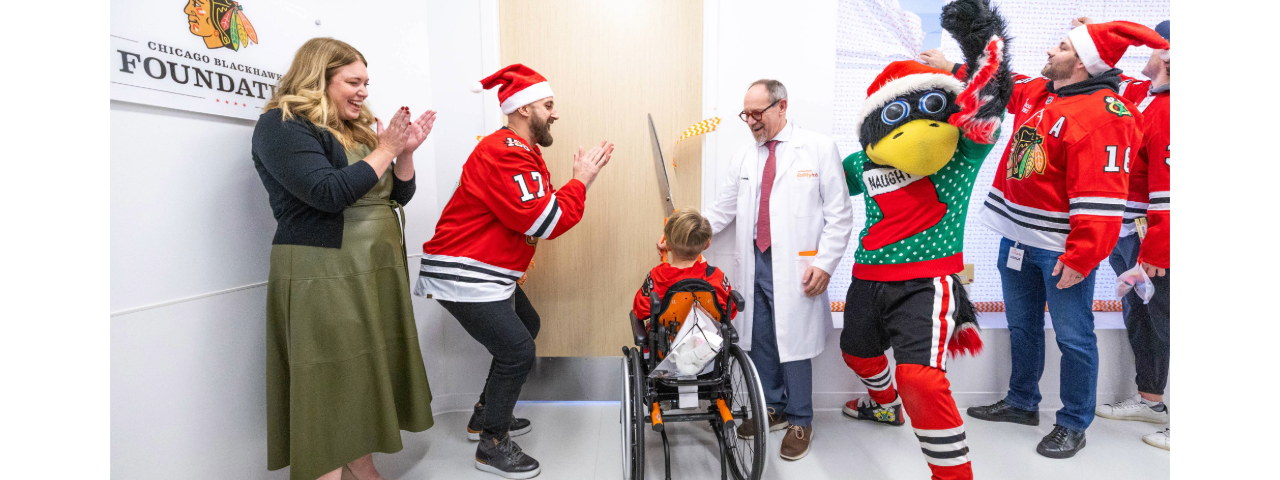Body
Rock climbing is a rigorous sport that is very demanding on the whole body. From the fingertips to the toes, large forces are constantly being placed on small structures, which can create a potential for injury.
However, the human body is extremely resilient. These small structures, tendons and ligaments, adapt to handle large forces in the same way muscles adapt and get stronger. The difference is the amount of time it takes for these adaptations to occur: muscles gain strength over a matter of weeks, while connective tissue resilience can take months to improve.
A common phrase that you’ve probably heard is “if you don’t use it, you lose it”. Not only does this apply to muscle strength and performance, but it also occurs with connective tissue resilience. With the pandemic causing most gyms and fitness centers to close, many climbers have probably resorted to training on hangboards or DIY climbing walls, but have not been able to maintain the same level of intensity as they were at pre-pandemic.
It’s important to understand that with this time away from climbing, the strength of your muscles and soft tissue, especially in your hands, is not the same.
So take things slowly as you get back to climbing. Trying to grip the smallest of crimps or the steepest of slopers right away can result in strain — or, even worse, a full rupture — of a finger tendon, wrist tendon or pulley. Being cautious and patient with your return to climbing is important to keep yourself injury free.
Here are some tips for safely getting back on the wall:
- Gradually increase the grades of routes you climb and see how your body reacts. This is a good way to monitor your overall tolerance.
- Start with a good warm-up off the wall including shoulder and hip stretches to improve mobility. A light 5-10 minute cardiovascular warm-up like biking, jogging or using the elliptical also can be beneficial for improving muscle endurance and performance during your session.
- Warm up on the wall with routes 2-4 grades below your project grade. Focus on your technique and body control.
- Gradually increase the number of routes that include slopers and crimps with each session.
- With any sign of strain or pain, especially in the fingers and wrists, ensure adequate rest and recovery before attempting any those more difficult routes again.
With most climbers, sending a V8 or 5.13 does not happen overnight, but takes time for your body to tolerate the forces those routes can inflict. So when you’re back to climbing, take it slow. Appreciate those easier routes with all of the jugs, and work your way up to those more difficult holds.
Oliver is a physical therapist in Shirley Ryan AbilityLab's Musculoskeletal Medicine outpatient clinic, and a fellow-in-training at the Northwestern University Fellowship in Advanced Orthopedic Physical Therapy Practice, Research and Education. He earned his doctorate in physical therapy from Touro University Nevada and completed an orthopedic physical therapy residency at the University of Illinois at Chicago.

